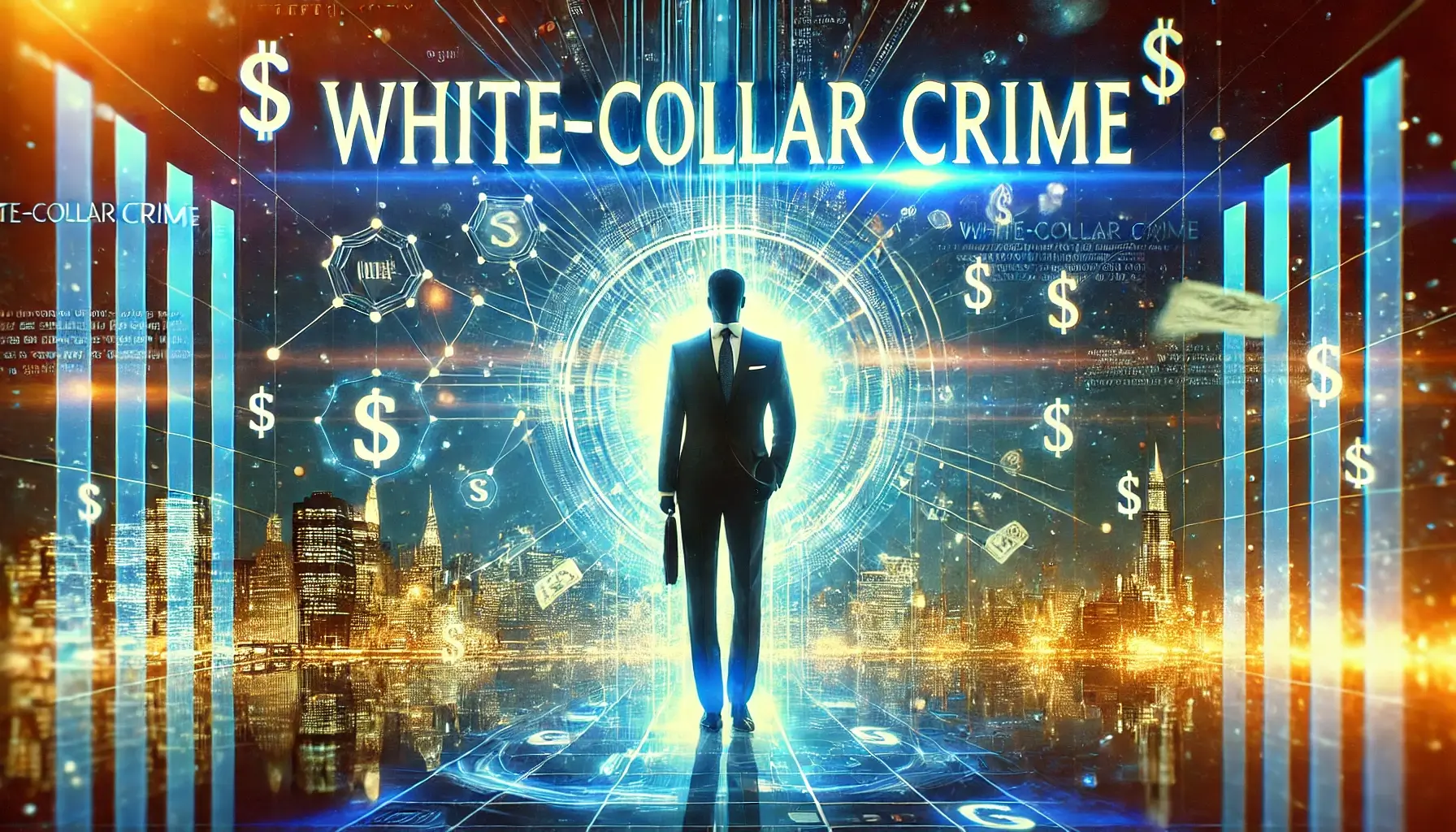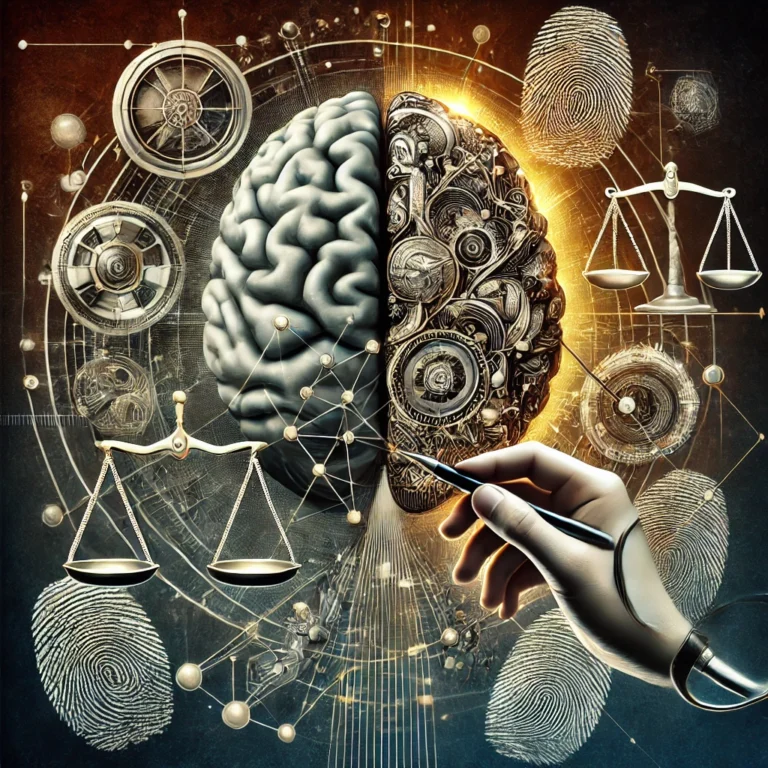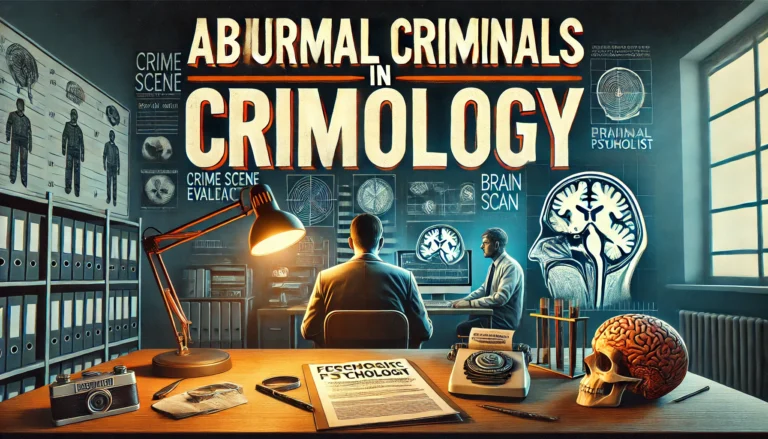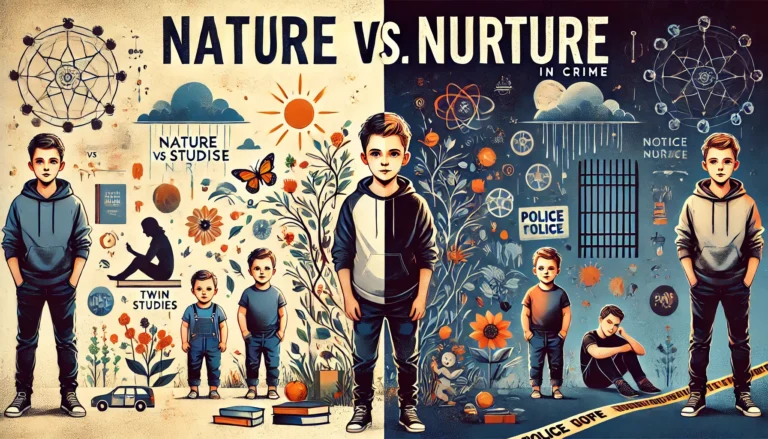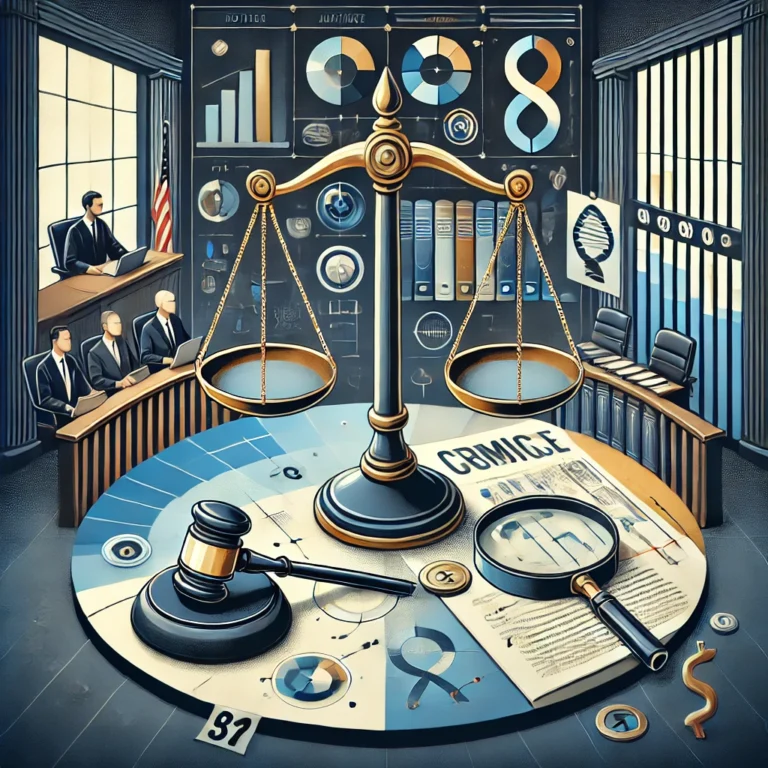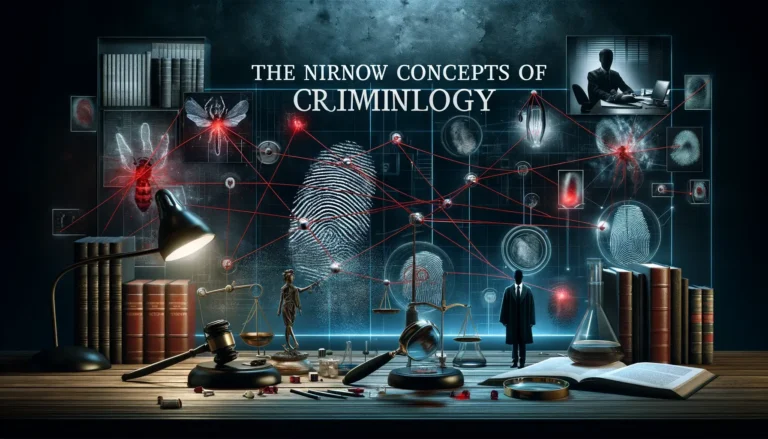White-Collar Crime: Understanding Its Impact on Society
Introduction: What is White-Collar Crime?
White-collar crime refers to non-violent crimes that are committed by individuals in positions of trust and authority, often in the corporate or professional world. Unlike street crime, which involves physical harm or property damage, white-collar crimes typically involve deceit, fraud, or breach of trust. These crimes are usually financially motivated and are often committed by individuals with power, such as business executives, politicians, or healthcare professionals.
White-collar crimes can cause significant harm to individuals, businesses, and even entire economies. While they are often less visible than traditional forms of crime, their impact can be far-reaching and devastating. This article will explore the different types of white-collar crimes, their impact on society, and how the legal system deals with these offenses.
Types of White-Collar Crimes (H2)
White-collar crime can encompass a variety of illegal activities, each with its unique characteristics. Some of the most common types include:
1. Fraud (H3)
Fraud is one of the most widespread white-collar crimes and can take many forms. It typically involves the intentional deception of another party for financial gain. Examples include credit card fraud, insurance fraud, securities fraud, and mortgage fraud. Fraudulent activities can take place in both the private and public sectors, leading to significant financial losses for victims.
2. Embezzlement (H3)
Embezzlement occurs when an individual in a position of trust, such as an employee or executive, illegally takes or misappropriates funds or property entrusted to them by an employer or organization. This crime often involves manipulation of financial records or deceit to hide the theft.
3. Insider Trading (H3)
Insider trading occurs when individuals use non-public, material information to gain an unfair advantage in the stock market. This crime is most commonly committed by corporate executives or individuals who have access to confidential information about a company’s financial status or operations.
4. Money Laundering (H3)
Money laundering is the process of making illegally obtained money appear legal. Criminals involved in activities such as drug trafficking, terrorism, or corruption may use money laundering techniques to conceal the origins of their illicit earnings. This often involves moving money through a series of complex financial transactions to obscure its source.
5. Tax Evasion (H3)
Tax evasion occurs when individuals or businesses intentionally avoid paying taxes owed to the government by underreporting income, inflating deductions, or hiding assets. Tax evasion can lead to significant financial losses for the government and can result in criminal charges for those involved.
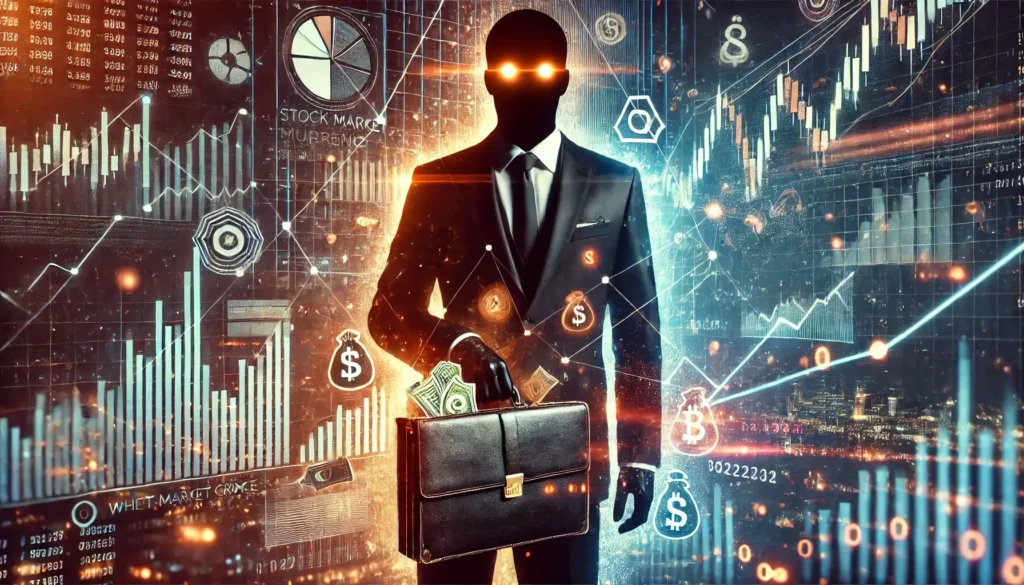
The Impact of White-Collar Crime on Society (H2)
White-collar crime has a profound impact on society, often causing harm to innocent individuals, businesses, and entire economies. The consequences of these crimes can be both direct and indirect, ranging from financial losses to reputational damage.
1. Financial Impact (H3)
The financial losses from white-collar crime can be staggering. For example, securities fraud can lead to billions of dollars in losses for investors, while embezzlement can bankrupt small businesses or cause major disruptions in large corporations. Even though these crimes are non-violent, they can have devastating financial effects on individuals and communities.
2. Reputational Damage (H3)
The damage to an individual’s or company’s reputation can be just as significant as the financial losses. Once a business is associated with criminal activity, it may lose clients, customers, and investors, and it can take years to rebuild trust. In some cases, businesses may be forced to shut down due to the fallout from white-collar crimes.
3. Legal and Regulatory Consequences (H3)
Individuals found guilty of white-collar crimes may face severe legal consequences, including fines, imprisonment, and professional sanctions. Companies involved in illegal activities may also face regulatory scrutiny, class-action lawsuits, and forced compliance with stricter regulations, which can have long-term financial and operational effects.
White-Collar Crime and Criminology (H2)
In criminology, white-collar crime is often studied in the context of deviant behavior, power, and social control. The study of white-collar crime challenges traditional perceptions of crime, as it highlights the role of societal structures and institutions in enabling criminal activity.
1. Theories of White-Collar Crime (H3)
Several criminological theories can be applied to understanding white-collar crime, including:
- Strain Theory: This theory suggests that individuals who experience societal pressure or strain may turn to crime as a way to achieve success or cope with their circumstances. For white-collar criminals, this could involve financial pressures or the desire for personal gain.
- Differential Association Theory: This theory posits that criminal behavior is learned through interactions with others. White-collar criminals may learn their behavior from colleagues, mentors, or corporate cultures that normalize unethical practices.
- Rational Choice Theory: According to this theory, individuals engage in criminal activity when the benefits outweigh the risks. In the case of white-collar crime, individuals may calculate that the financial rewards of fraud, embezzlement, or insider trading outweigh the potential penalties.

Legal Framework for Addressing White-Collar Crime (H2)
Governments and legal systems around the world have developed laws and regulations to combat white-collar crime. These laws are designed to prevent illegal financial activities, punish offenders, and deter others from engaging in similar conduct.
1. Corporate Crime Laws (H3)
Laws such as the Foreign Corrupt Practices Act (FCPA) and the Sarbanes-Oxley Act are specifically designed to address corporate crime, including fraud, embezzlement, and insider trading. These laws impose severe penalties on companies and individuals involved in financial misconduct.
2. Anti-Money Laundering Laws (H3)
To combat money laundering, governments have enacted a variety of regulations, including the Bank Secrecy Act (BSA) and the Patriot Act, which require financial institutions to report suspicious activities and take steps to prevent the laundering of illicit funds.
3. Financial Regulatory Agencies (H3)
In the United States, agencies such as the Securities and Exchange Commission (SEC) and the Federal Bureau of Investigation (FBI) play a critical role in investigating and prosecuting white-collar crimes. These agencies work in conjunction with local law enforcement to detect, investigate, and prosecute financial crimes.
Conclusion: The Ongoing Fight Against White-Collar Crime (H2)
White-collar crime continues to be a significant issue in the modern world, with individuals and corporations using their positions of power to commit illegal activities for financial gain. While law enforcement agencies and governments are working hard to combat these crimes, the complexity and sophistication of white-collar crimes present unique challenges. By understanding the types, impacts, and legal frameworks surrounding white-collar crime, society can better protect itself and ensure that justice is served.
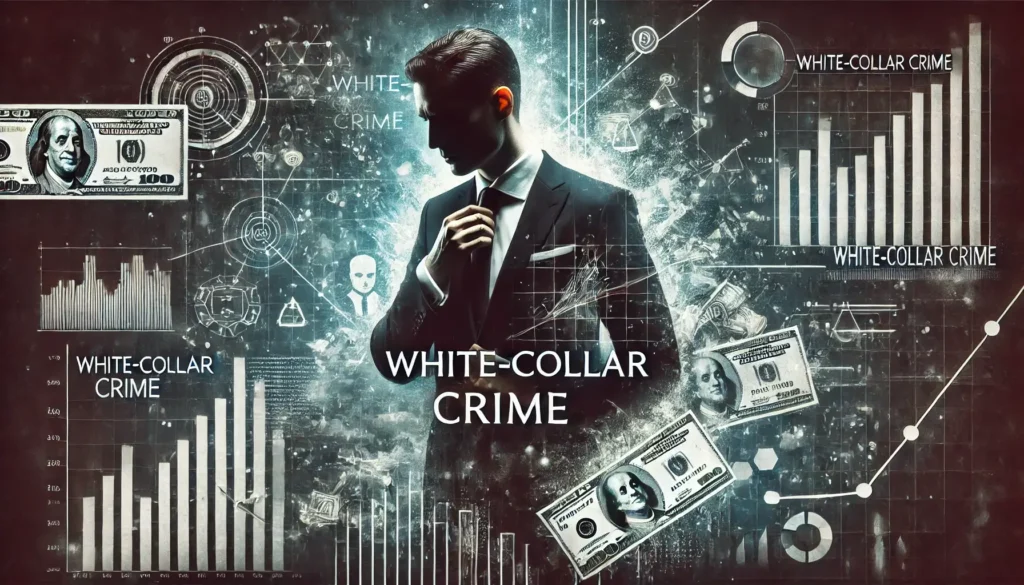
FAQ (H2)
What is the difference between white-collar crime and street crime? (H3)
White-collar crime involves non-violent, financially motivated crimes committed by individuals in positions of trust. Street crime, on the other hand, typically involves physical violence or property damage.
How does white-collar crime affect businesses? (H3)
White-collar crime can lead to financial losses, reputational damage, and legal consequences for businesses. In some cases, businesses may be forced to close due to the impact of criminal activities.
What are some famous examples of white-collar crimes? (H3)
Notable examples include the Enron scandal, Bernie Madoff’s Ponzi scheme, and the Volkswagen emissions scandal.

